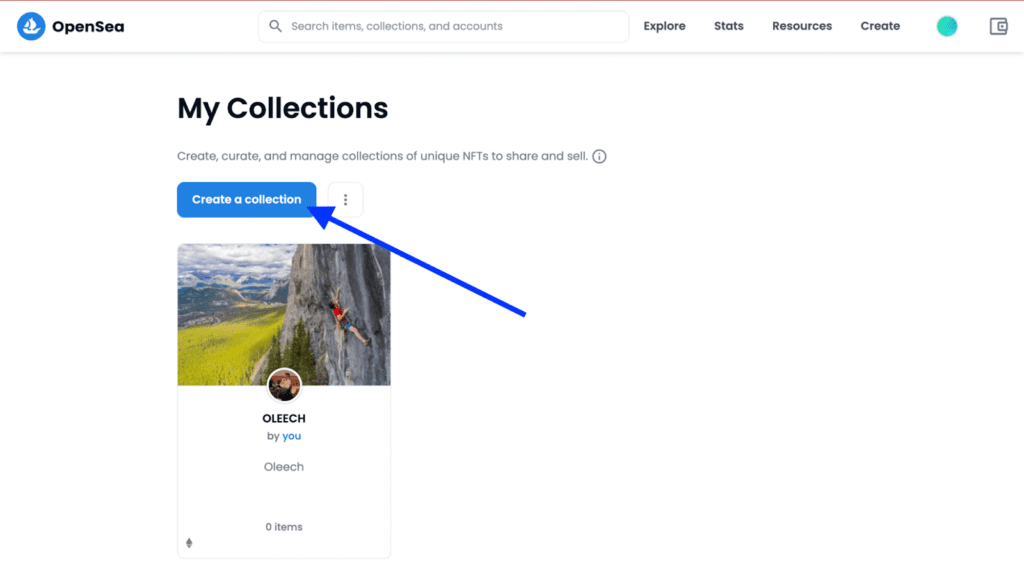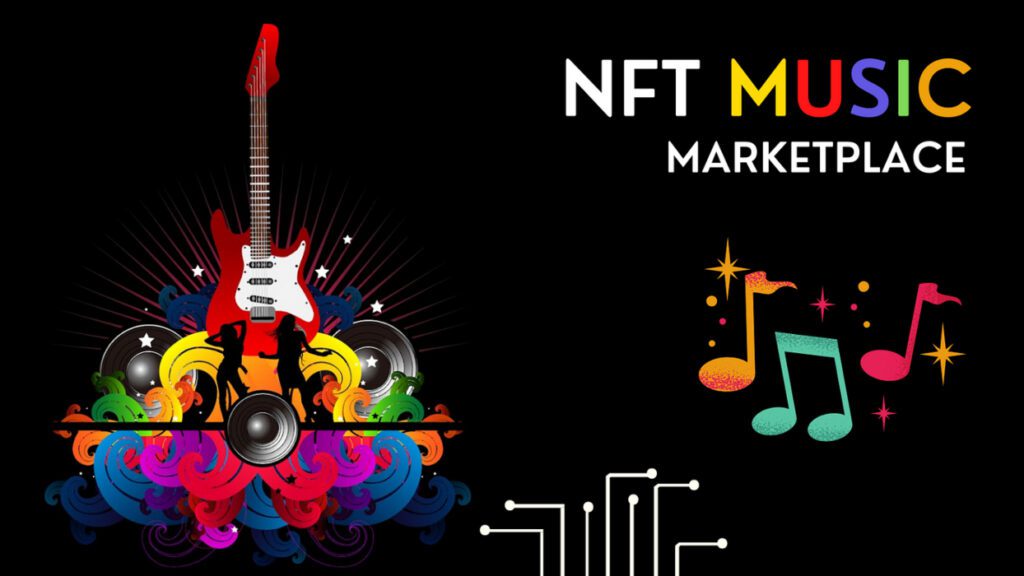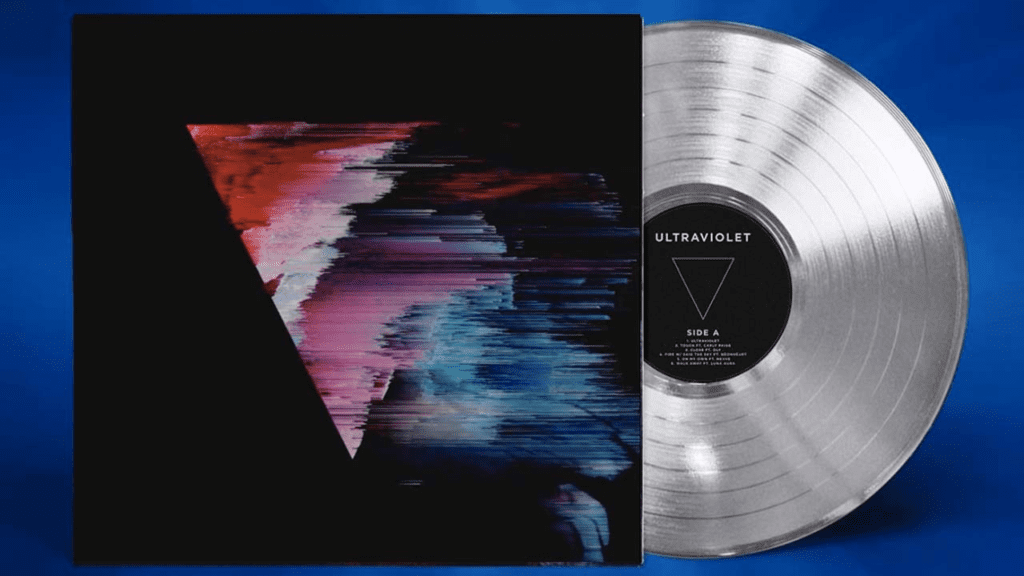NFTs are still a topic of a heated debate on the internet, as their popularity stays at a high rate to this day, together with cryptocurrencies. They mostly covered the art industry, as the most popular NFTs in the market tend to be digital images and paintings generated through algorithms.
However, the truth is that an NFT can be sold in any form, and one that needs to be further explored is music. Early adopters like Steve Aoki, Illmind, 3LAU, Kings of Leon, and Dillon Francis prove that creating music NFTs is worthwhile and effective for any successful music brand. And with the music industry trying to find new ways to monetize their work and reach their new music fans, NFTs might be their best answer to that big problem.
Here we will look at how you can blend the music business and NFTs. Let’s see how an artist can create music NFTs, their benefits, and some advice to start correctly.
What Is “Music NFTs”?

“NFT” stands for “Non-Fungible Token.” They are digital assets that live up inside a new technology named “blockchain.” This technology ensures that the NFT can’t be reproduced or stolen and can asset ownership of the digital item.
Their uniqueness makes their most appealing feature and what gives them value. But it can be traded in an NFT marketplace, exchanging it for cryptocurrencies (most of them are bought with Ethereum).
An NFT can take any form: from images, GIF files, pieces of code, and videos to audio clips and music. This is when music comes into play, as an audio NFT will be treated equally as any other kind of NFT. People can mint NFTs, list them, and sell music NFTs as they would do with any other.
But what makes it different from subscribing to iTunes or Spotify? Getting those streaming services will allow you to listen to certain artists. An NFT is a token you will receive to verify ownership over a certain asset. In context, you buy a “signed copy” of whatever the artist offers. Some artists might sell their music files as audio NFTs. In contrast, others will sell other assets related to their music, such as concert tickets.
What Would Be The Benefits of Doing Music NFTs?
The main benefit of doing music NFTs is securing those files in the blockchain, as it registers every movement. It helps establish asset ownership so no one can tamper with the NFT’s data.
It will lead music artists (especially indie musicians) to earn increased profits as they can go far beyond the typical streaming channels and reach out closer to their fans. Music producers (and the recording artist, too) won’t have to deal with the interference of a label. They can give their music their own proper value.
Unlike what happens with physical records, NFTs allow any artist to passively generate income through royalties. Some NFT marketplaces allow the artist to establish a royalty percentage, enabling them to earn a cut whenever someone that purchased their music NFT re-sells it.
Then, getting into contracts with record labels could be confusing for up-and-coming artists concerning selling copyrights. Creating NFTs will also help you with that issue, as recording artists can freely choose what to sell as copyright, from a music file, vinyl, music videos, or even some unreleased tracks.
How to Create Music NFTs?
The process of creating an NFT is called “minting.” It all begins with having your original piece of art ready. Once you have all the files ready to sell out, it is time to start with the minting process. Then, it usually goes the same for every type of NFT.
Choose a Digital Wallet

The next step would be to choose a digital wallet to store your cryptocurrency and NFTs. There are plenty available to download for free and add as a browser extension. One of the most well-known digital wallet in the market is Metamask. It can be synced with plenty of NFT marketplaces and has its own mobile version. Download their web browser extension and follow the instructions to create an account; it is pretty straightforward.
Choose a Marketplace

Now it is time to choose the proper marketplace to sell NFTs. Two of the most popular are OpenSea and Rarible. Both allow you to mint NFT, set royalties for your NFTs’ future sales, and have huge visibility in the NFT world. They also are very simple to create an account and connect your digital wallet to their website.
Choose Your Blockchain

You should also choose a proper blockchain to sell your NFTs and purchase cryptocurrency to pay the gas fee whenever you mint your NFT collection. Here, you must do thorough research to pick the right one.
Most NFT artists sell their work on the Ethereum blockchain, as it is widely more popular than any other. Lately, it got rid of its main disadvantage, the increasing price of its gas fees, whenever you want any transaction with ETH. But perhaps you found other blockchains more appealing such as Polygon, Tezos, or Binance Smart Chain, to name a few.
Using Rarible and OpenSea as examples, how you sell NFTs is quite similar. You hit the “create” button in the top-right corner and will be introduced to a form. There you fill it with the data you are asked for, and you can set out how to sell it: using a fixed price or going for an auction method.
Depending on what kind of NFT you are trying to sell, you can upload a single collectible (for a one-of-a-kind asset) or several collectibles (allowing musicians to release multiple copies of the same item, like an album). For both, you will need to pay up the gas fee. Although, if you choose several collectibles, you will pay only once and not for every single asset, saving you some extra expenses.
Once the minting process is set up, the marketplace will ask you to submit the title and a description of the NFT, as well as establish royalties. Then, you must link your digital wallet to the NFT project, pay the gas fee, and your NFT will be listed in the marketplace.
For a more in-depth explanation of how to create an NFT and sell it, check out our article on NFTMonk.
Tips to Convert Your Music Into a Digital Asset
Music NFTs are, essentially, digital certificates representing physical or digital media ownership. In some cases, these tokens can represent a share of someone’s work value, allowing their holders to earn some revenue from their distribution.
Music NFTs will usually fall under these categories:
- Single Edition: They are exclusive tracks or albums that won’t be available elsewhere. These tokens will represent partial or full ownership of a unique musical work.
- Open Edition: These NFTs are produced in unlimited quantities for a limited time. Once finished, they will only be available from owners willing to re-sell them.
- Limited Edition: There is a limited supply of NFTs, creating scarcity from the musician’s work. Only a pre-determined limited amount of those assets are in circulation.
- Physical-backed NFTs: These tokens can be used to prove the ownership and trade of a real-world item, such as an instrument, concert tickets, memorabilia, or property.
With this information in mind, there are other things to consider when selling music NFTs in the market.
Choose The Right Kind of Asset to Make an NFT

Before diving deep into tokenizing your music, you need to define what you are going to sell as an NFT. Some popular examples are original music, signed instruments, unreleased tracks, merchandise, and vinyl records.
You can also create bundles with many assets inside your NFT package, providing a higher value. Although, if the tokenized asset includes physical items, you need to establish its condition and value so that whoever gets it can easily verify it.
Some artists ensure these items by contracting a security service, vaulting those items, and protecting them from bad actors or any uncontrollable factor while maintaining their audited value.
Define Your Distribution Model
You must determine how your tokens will be distributed to their owners, especially if real-world assets are involved.
Depending on which model you want to follow, you would consider which category of NFTs you prefer to approach or how to share each token’s ownership for physical items.
For this, you should consider a tokenization partner to manage these details and organize them directly into the NFT’s smart contract.
Consider a Tokenization Partner
Speaking of, tokenization partners are invaluable resources in the long term for any NFT project.
You shouldn’t end the minting process when you list your music NFT. A tokenization partner can help with appraisal, managing physical assets, smart contract development, revenue collection, blockchain distribution, and more. They can handle all the technical aspects of launching your NFT while you focus on making your music.
Get in Contact With an NFT Digital Art Designer
As it would be with any physical album, you will need some visual imagery to present your music. Hence, you need to contact a digital artist who can help you with your work.
You can use some applications like Fiverr, Upwork, Guru, FlexJobs, or Freelancer to reach out to digital artists that work on commission or even develop a relationship and work alongside you.
Develop an NFT Sales Strategy
Traditional musicians receive a margin of their work’s sales revenue due to record labels and streaming services getting a their share. However, by selling music NFTs, artists will keep all the revenue by themselves.
Many musicians already tested this when the pandemic hit the world by surprise, and all live events were canceled. That dried up a good income coming from touring and live performances, but NFTs gave them a new way to reach their worldwide audience.
So, properly developing a good sales and marketing strategy for your music NFT is crucial to generating revenue from your project. Also, you need to know how much your audience is willing to spend on your work.
Add Your NFT to Major Marketplaces

There are plenty of ways to sell out your work, but most artists use the next three categories:
- Fixed-Price: This kind of listing is the most straightforward. The musician will choose a set pricing option, the currency, and the listing’s expiration date. Similar to releasing your records and listing them in a music shop.
- Listing With Decreasing Prices: This method is quite speculative as musicians will list their NFTs above their market value. They have to set a starting and end price for their NFTs, decreasing when reaching closer to the last day, as you will also set an interval between the beginning and end date. It would work better for limited-edition items to incentivize interested customers to get them at a high price.
- Auctions With Highest Bid: Most popular NFT marketplaces have an auction option that works as a normal auction. You will set a time limit during which people will bid for your NFT, and the best bid will get it. It could lead to increasing your NFT’s value above what you intended. Most of these platforms will get a low percentage of the final price (mostly 2.5%).
Music NFTs Sales Profits
As we discussed, there are other ways to get revenue from your music NFTs than just raw sales.
NFT marketplaces such as Rarible and OpenSea offer the option for the musician to earn royalties through subsequent sales of your NFTs. You can enable this option when you are minting your NFT.
However, there are two things to consider. The first would be to not set the royalties too high, as some people might want to get some value from re-selling your NFT, and with the royalty cutting that option, they may not buy it in the first place.
And the second is that royalties don’t support cross-platform selling yet. This means that if someone re-sells your NFT on OpenSea, and you mint it on Rarible, you won’t be earning royalties. Although, it might change in the future.
Examples of How to Sell Music NFTs Successfully

3LAU, a music producer, was an early adopter of NFTs, and he successfully offered added utility to his buyers. In his NFT auction, the highest bidder would collaborate with him on a new single, providing not just the NFT ownership but also a unique opportunity to work with him.
Another producer known as Illmind used NFTs to release an exclusive sample pack. This means whoever gets the NFT will acquire true ownership of the melody pack, backed by blockchain history.
This added utility is a distinguishing feature of NFTs, as it allows buyers to acquire not only a digital asset but also additional value, such as exclusive content or experiences. By offering added utility, creators can attract more buyers and create a deeper connection with their audience, making NFTs a powerful tool for monetizing their work.
Closing Thoughts
The music business compensation model has several issues. Becoming a really big name in the industry is often a Sisyphean task. You won’t earn much from YouTube, Spotify, or other streaming services. NFTs as digital collectibles open up a whole world of possibilities for musicians struggling with the attention and revenue they deserve.
NFTs can evolve to become a new business model for artists, as it promises to let them earn all the revenue instead of just a fraction. Furthermore, musicians can collect additional passive income through royalties from their NFTs sales. And because blockchain technology preserves immutable records, those musicians who sell their songs as NFTs won’t face copyright concerns.